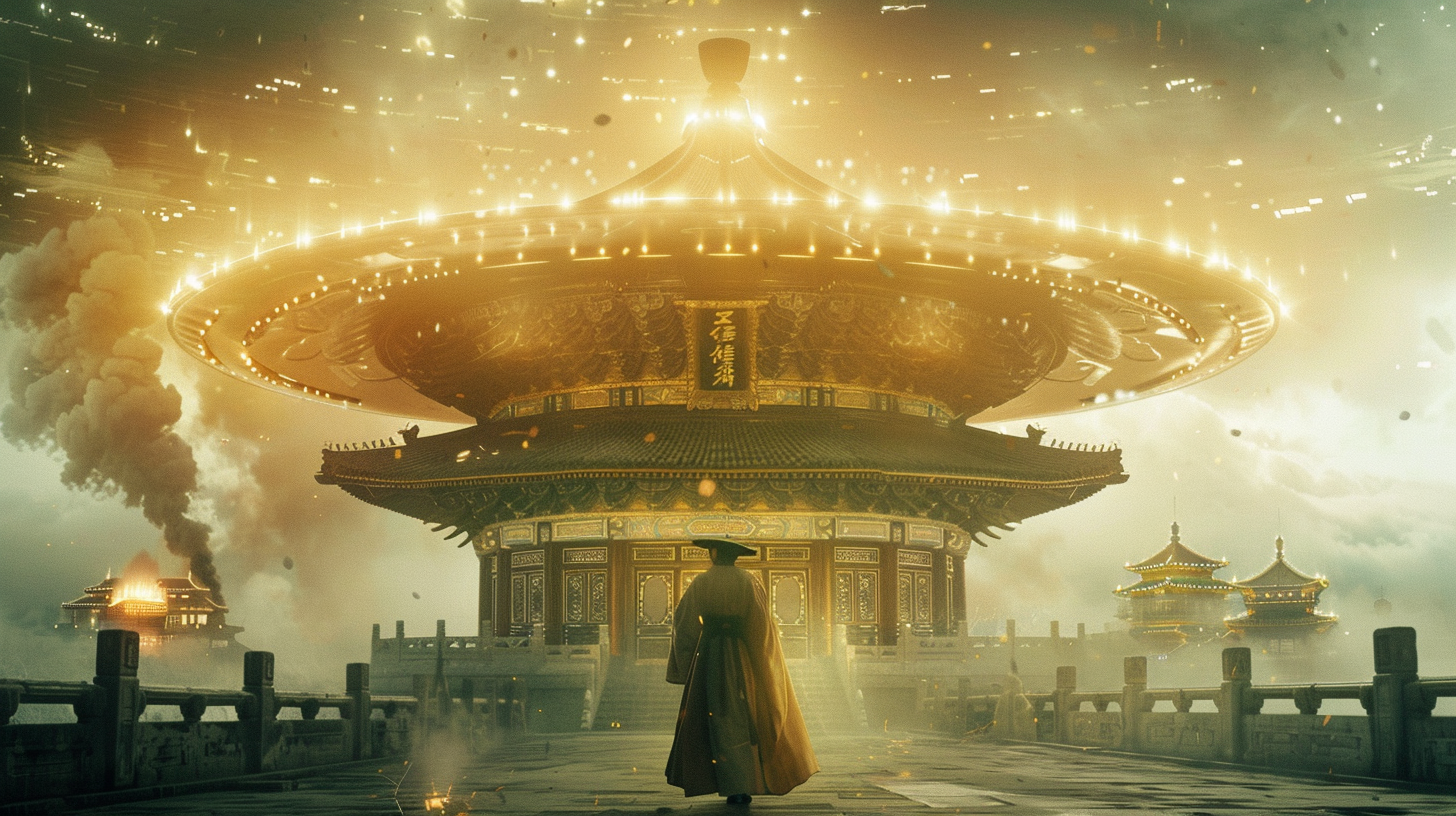Ancient Chinese cities, such as Xi’an, showcase a unique street and structure arrangement that suggests potential alignments with celestial bodies or even influences from outer space in city planning.
The intriguing city design of ancient Chinese urban centers has captivated historians and archaeologists for years, leading some to propose that the layout might have been shaped by celestial factors. Cities like Xi’an, known for their symmetrical street patterns and prominent landmarks, provide interesting insights into the correlation between urban design and cosmic influences.
Analyzing the urban layout of ancient Chinese cities in relation to celestial alignments demands a nuanced grasp of astronomy and cultural beliefs. In Chinese cosmology, the heavens held great significance, with the belief that celestial bodies could impact earthly events and human affairs. Aligning city plans with celestial motions may have been viewed as a way to synchronize human society with the grand cosmic scheme.

Furthermore, some scholars ponder the potential influence of extraterrestrial beings in the development of ancient city layouts. Though this notion remains speculative, the precision and symmetry evident in cities like Xi’an prompt inquiries into the origins of urban design and the potential impact of external forces.
The configuration of Xi’an, featuring axial symmetry and alignment with the cardinal directions, implies a deliberate attempt to infuse cosmic principles into urban planning. The presence of significant landmarks, such as the ancient walls and gates of the city, strengthens the notion of a link between earthly structures and celestial occurrences.
Contemplating the urban layout of ancient Chinese cities prompts reflection on humanity’s enduring pursuit to comprehend and engage with the universe. Whether regarded as manifestations of cultural beliefs, representations of cosmic balance, or indications of extraterrestrial involvement, these cities provide valuable insights into the connection between humans and the cosmos.
By revisiting the urban design of cities like Xi’an, we are encouraged to explore how ancient civilizations endeavored to embed cosmic principles into the urban landscape. Through investigations into the intersections of astronomy, culture, and urban design, we cultivate a deeper admiration for the resourcefulness and artistry of our forebears and the timeless aspiration for unity with the cosmos.
